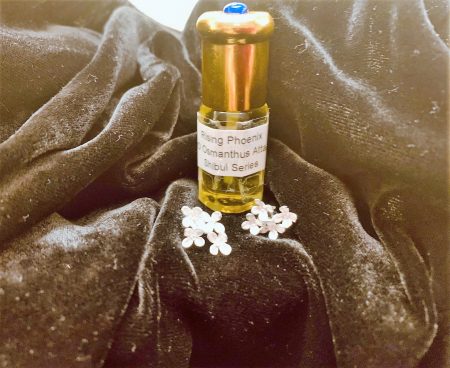
The Rising Phoenix Perfumery Osmanthus Attar photo by Ida
Little darling, it’s been a long cold lonely winter
Little darling, it seems like years since it’s been here
Here comes the sun
Here comes the sun
And I say it’s all right
Little darling, the smiles returning to the faces
Little darling, it feels like years since it’s been here
Here comes the sun
Here comes the sun
And I say it’s all right ~ Here Comes the Sun, written by George Harrison, 1969
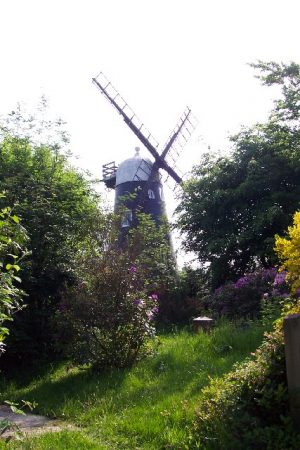
Hurt Wood Ewhurst windmill in Surrey near Eric Clapton’s home via wikipedia
Singer/songwriter George Harrison had been playing hooky one beautiful April morning at friend Eric Clapton’s bucolic Surrey home, rather than attend one more business meeting with accountants. According to the famous Greenwich meteorological station, that April was the sunniest one of the 1960s on record – and the preceding February and March had been much colder than usual (hence the ‘long cold lonely winter’). We share George’s hopefulness that the rougher times will soon be ancient history. And this is where our story about JK DeLapp’s Osmanthus Attar begins…

JK DeLapp courtesy of JK
My insistence upon the inclusion of The Rising Phoenix Perfumery Osmanthus Attar among my CaFleureBon top ten fragrances seems to have confounded some folk, possibly because his work is not a readily recognized household name. This is unfortunate – because JK has a great deal to bring to the table, and all his compositions are jam-packed with the finest quality olfactory materials. JK De Lapp is one more shining example of informed, expert American perfumers who are embracing natural perfumery wholeheartedly and showcasing its potential. He’s been generous in sharing samples of quite a few of his attars for my perusal and olfactory enlightenment, and it’s been an education for me in the process of discovery.
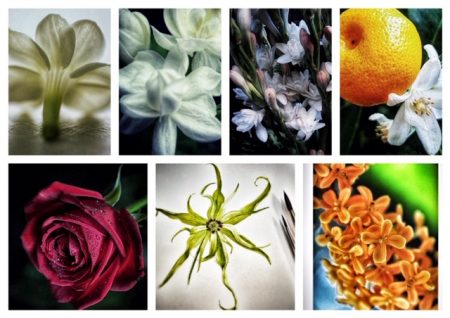
Shibui Series Attars include: (top left) Jasmine Sambac, Jasmine Grand, Tuberose, Orange Blossom, (bottom Right) Rose, Nosy Be Ylang and Osmanthus
“Simplicity is the ultimate sophistication” ~ Leonardo da Vinci
Osmanthus Attar is part of JK’s Shibui Series, which began as attars composed for his Japanese in-laws. Shibui translates as an aesthetic characterized by simple, subtle and unobtrusive beauty; in this case, a number of soliflores set in a particular sandalwood melange which Joseph utilizes specifically for this purpose. Unlike the many and varied ouds for which JK is better known, these floral attars have a very different feel to them – and their unselfconscious loveliness is candid and pure.
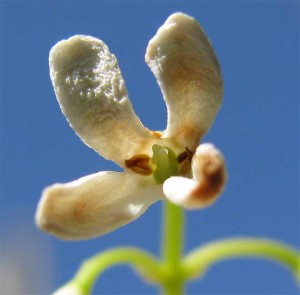
via pixaby
Osmanthus appears as unfettered joy which wears its heart on its sleeve.
“Già il sole dal Gange
Piú chiaro sfavilla,
E terge ogni stilla
Dell’alba che piange.
Col raggio dorato
Ingemma ogni stelo,
E gli astri del cielo
Dipinge nel prato.”
Already the sun over the Ganges
Sparkles more brightly,
And dries every drop
Of the weeping dawn.
With the golden ray
It ornaments each stem,
And with celestial stars. Paints the meadow by Alessandro Scarlatti canzone, 1679-1680 (my translation)
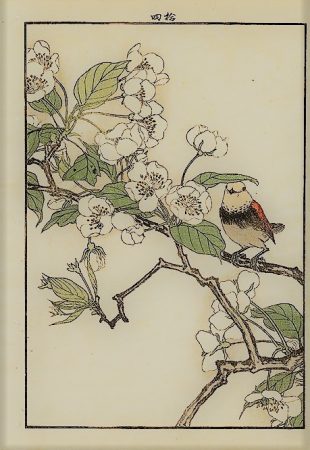
Spring Group, 1891 Imao Keinen (1845 – 1924) via fuji arts
Osmanthus has enjoyed time-honored significance in Asian culture. It represents the month of August and is associated with love, romance and moon festivals; its name is derived from the Greek: osma means fragrant and anthos, flower. Color variation also alters its meaning: orange blooms represent optimism and serenity. White osmanthus were part of a traditional old-world wedding – the bride carried a pot of it along with pomegranate plants – to her husband’s family, symbolizing faithfulness, fertility and peace. Whether it is called any of its alternative names (tea olive, sweet olive, or kinmokusei), it is much loved as a tea, wine, liqueur, herbal medicine and in perfumery; its heady apricot-like aroma emits a potent floralcy tinged with leathery nuance. Poets have written of its charm; such a large personality for such small clustered blossoms!

Wikipedia image salutation to sunrise over Varanasi (Ganges)
The Rising Phoenix Perfumery Osmanthus Attar IS like the rising sun sparkling over the Ganges, like Apollo’s welcome glinting rays of warmth after a long, cold, lonely winter. It leaps out of its sample vial at me as the kiss of a child who has arisen after a full night’s complement of restfulness – all good humor and loving bonhomie, replete with good intentions. The heart is buoyed by its golden cheerfulness. Exquisite yuzu provides a tangy tutti-citrus note which smells tonic and expansive, a lovely counterpoint to the powerfully juicy osmanthus JK employs which occupies center stage. Our perfumer added a bit of homemade Tahitian vanilla tincture as well – the sort of seasoning a savvy cook includes which is extremely subtle but completes the dish without overshadowing its companion ingredients. Joseph’s sandalwood melange is the base for these floral attars, as is traditionally the case in India where they are co-distilled with fine sandalwood. This melange imparts a velvet woodiness to the drydown which feels beautifully balanced. Let’s put it this way: I loved my sample so much that I sprang for a bottle, and I cherish it.
Notes: Distilled Japanese Yuzu, Osmanthus Abs. (Fragrant Olive), Tahitian Vanilla Tincture, Phoenix Sandalwood Melange
My initial sample was kindly provided by Joseph – many, many thanks! My nose is my own…
~ Ida Meister, Deputy Editor and Natural Perfumery Editor
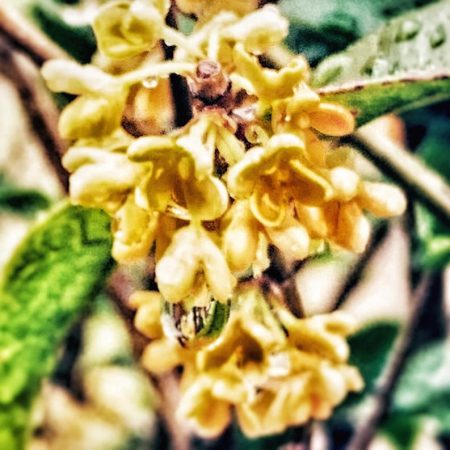
Photo via The Rising Phoenix Perfumery Osmanthus Attar
Thanks to JK De Lapp of The Rising Phoenix Perfumery our readers have a very special chance to experience his award-winning Osmanthus Attar. He is offering a 1 ml. sample of Osmanthus Attar for two registered readers worldwide. You must register here or your comment will not count. To be eligible, please tell us what you enjoyed about Ida’s review and where you live. Draw closes 2/15/21
